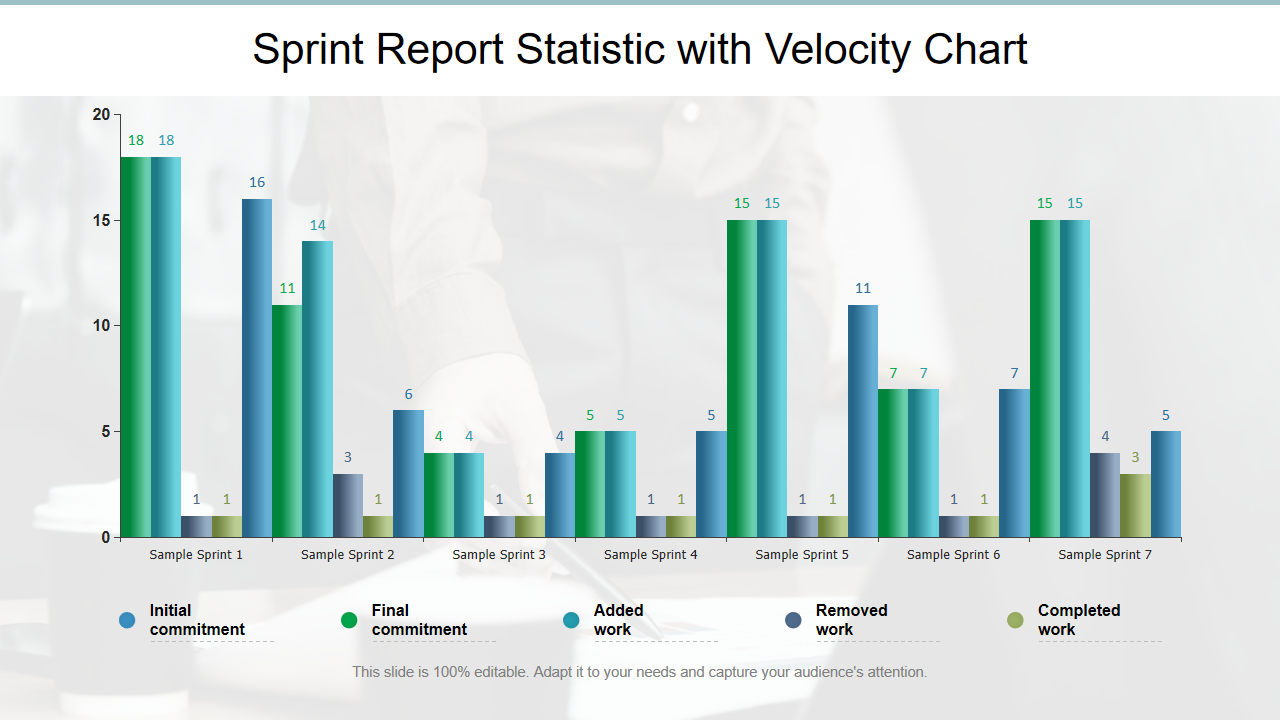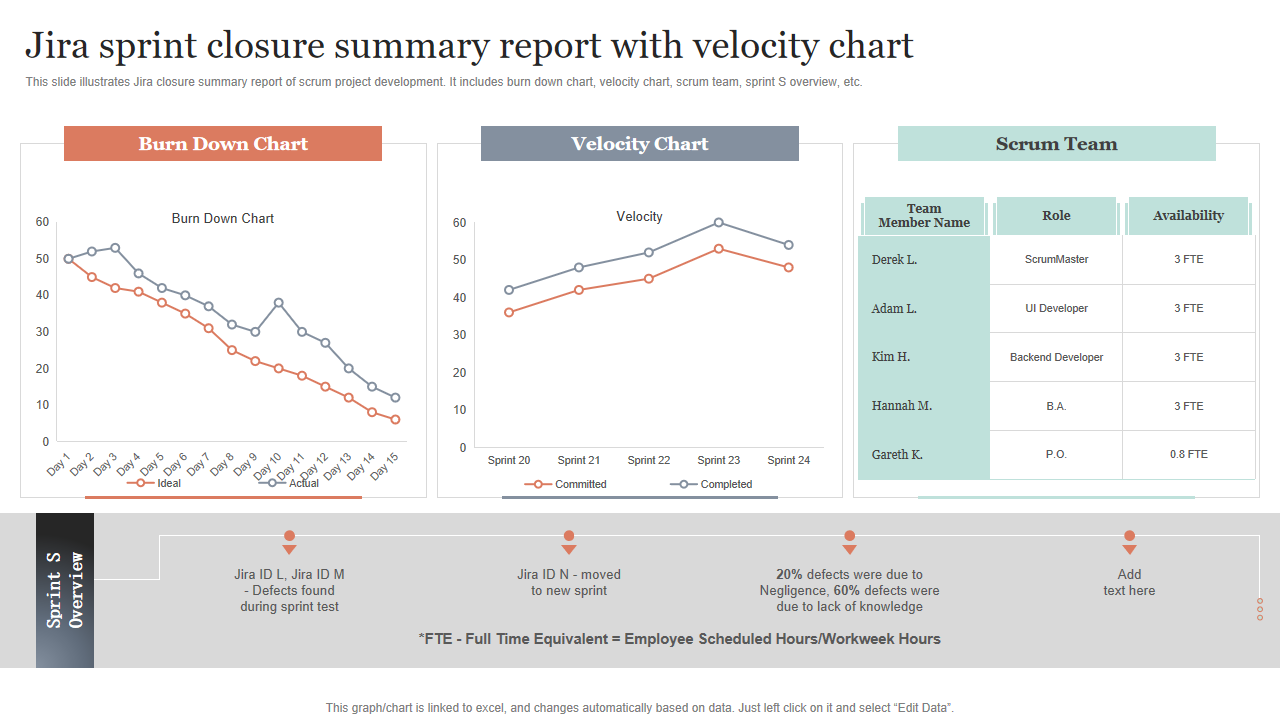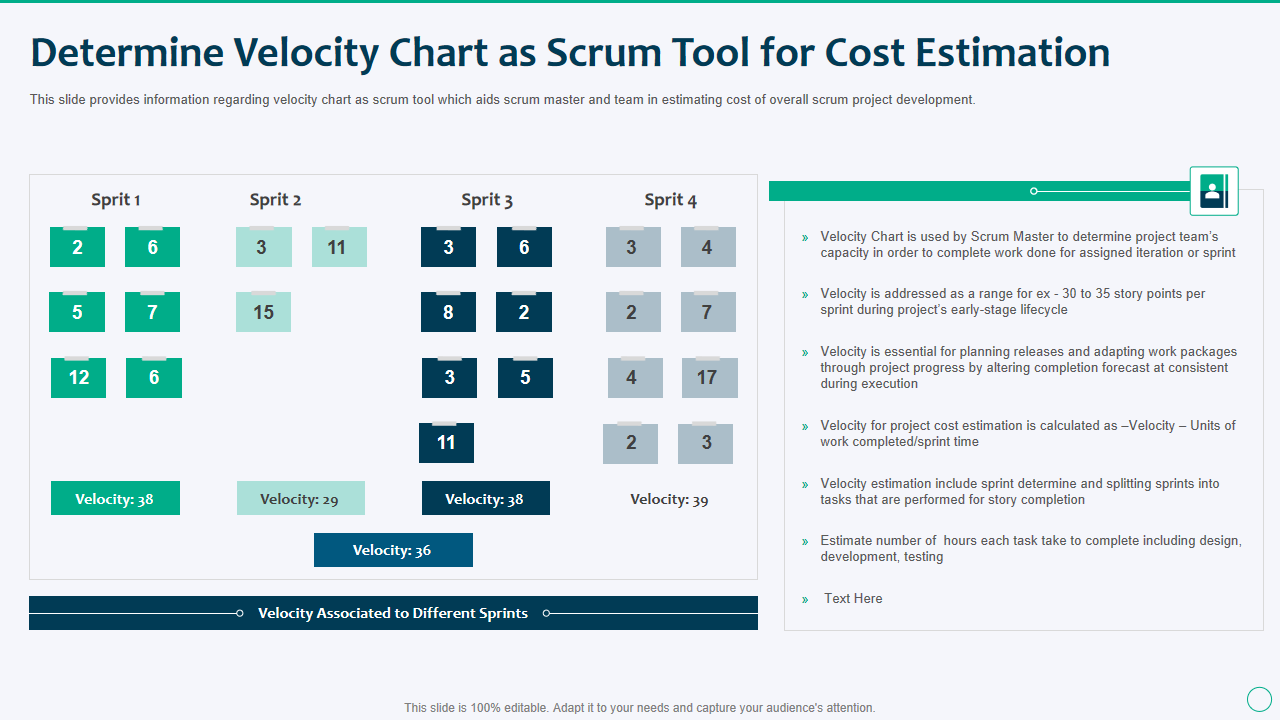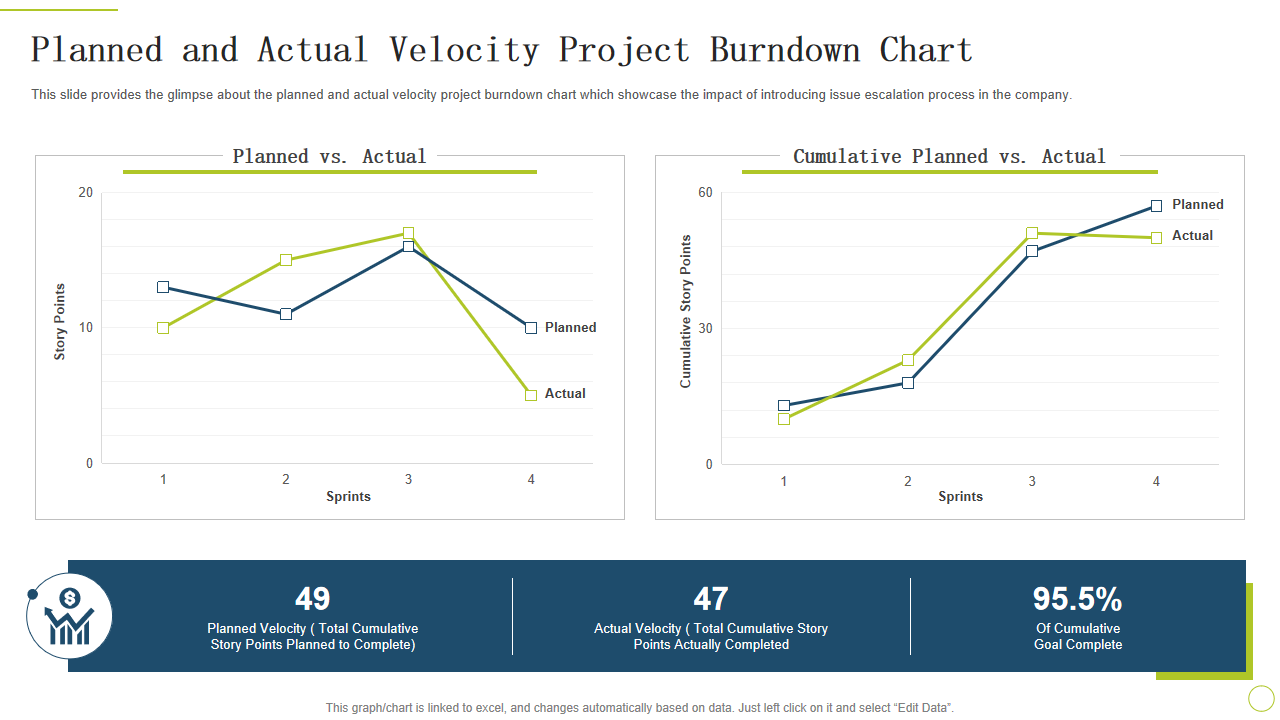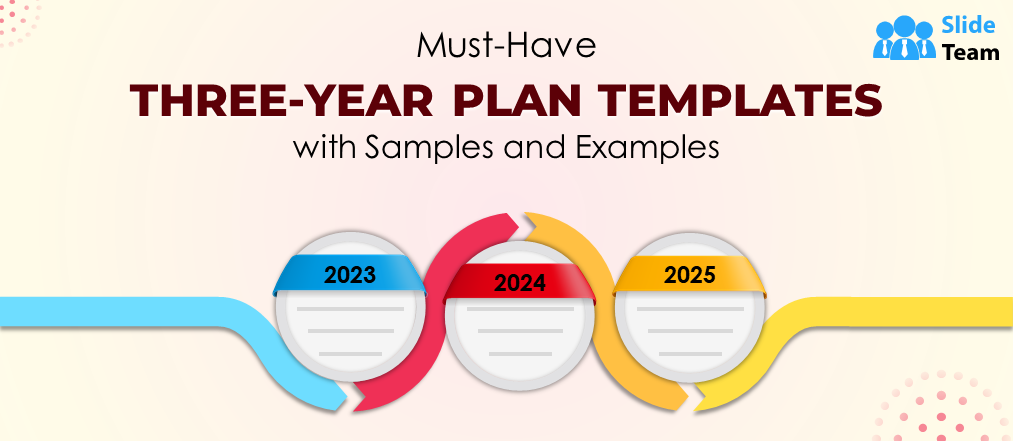"Speed has never killed anyone. Suddenly becoming stationary is what gets you." – Jeremy Clarkson.
Standing still in today's fast-paced world can be a death knell for any project. The acceleration of work, the completion of tasks, and the ability to stay on track are what make the difference behind a successful endeavor. Whether you're working on software development, marketing campaigns, or any other project, the ability to measure your team's progress and make data-driven decisions is essential. This is where Velocity Chart Templates come to the rescue. In this blog, we will talk about Velocity Charts and Velocity chart templates, explore what they are, why they matter, and how to use them effectively to supercharge your Agile projects.
Let's break down the meaning first!
A Velocity Chart Template is a pre-designed and structured framework that helps you track the speed of your team's work. It shows you the number of story points or units of work completed in each sprint.
Do you want to know the perfect way to show off your team's hard work and dedication without having to write a single word? Try our Top 10 Sprint Report Templates!
Velocity Chart Templates for the Win!
Clunk! Is that the sound of your mind doing doughnuts over your team's work pace? Don’t worry– SlideTeam’s Velocity Chart Templates can be a game-changer for your project management. They transform dry statistics into vibrant infographics, turning complex ideas into easy-to-follow flowcharts, making your data sing with the elegance of well-designed graphs. It's not just about adding a dash of color and some fancy fonts; it's about transforming your content into an engaging, captivating, and simplified visual feast for your team members and stakeholders.
Just think about it – you'll be able to see your project's progress over time in easy-to-understand cost estimation and burndown charts without any chaos of project deadlines and keeping your team’s performance on track. With our Velocity Chart Templates, you can identify speed bumps, plan pit stops, and ensure that your projects zoom ahead toward success.
Here’s what our templates do:
- Performance Insights: They offer a clear and concise picture of your team's performance. You can quickly identify trends and understand whenever your team delivers results, falls behind, or improves.
- Predictability: Knowing your team's velocity helps you predict when you'll complete specific tasks or the entire project, allowing for better planning and resource allocation.
- Data-Driven Decisions: Our templates provide complex data, not gut feelings. This data-driven approach enables better decision-making. You can confidently plan sprints and projects if your team consistently achieves a certain velocity.
- Early Problem Detection: If your velocity suddenly drops, it's a red flag. It's like your project's early warning system indicating something might be amiss. Our templates help you identify and address issues before they derail your project.
- Customization at its Best: Each of our templates has unique features catering to specific project needs. With a download, you'll have complete access to a wealth of structured, 100% editable and customizable slides that you can tweak to specific audience profile.
So, are you ready to rev up your productivity? Well, buckle in!
P.S. Stay with us until the end to learn some real-world applications of Velocity Chart Templates!
Our Top 5 Sprint Burndown Chart Templates are like a roadmap for your sprint but with more fun and less traffic. Check them out here!
Template 1: Sprint Report Statistic With Velocity Chart
This one offers a visual journey through the project's progress. The chart tells the story of each sprint, from initial commitments to final achievements, including added, completed, and removed work. It demonstrates the sprint statistical data for up to seven sprints in a single graph. You can gauge team performance, identify trends, and make data-driven decisions at a glance. It also allows teams to assess their performance and adapt to the strategies to meet goals.
Template 2: JIRA Sprint Closure Summary Report With Velocity Chart
You've just finished a sprint. Congratulations! It's now time to assemble a JIRA sprint closure summary report with a velocity chart. This template is a crucial tool for transparency, continuous improvement, and data-driven decision-making in Agile project management. It represents your team's historical performance across multiple sprints. It shows how many user stories your team has completed per sprint. It includes key metrics such as – burn down chart, velocity chart, and scrum team chart. All these charts are helpful to track your team's progress over time and to identify potential bottlenecks or areas for improvement. Get access to it now!
Template 3: Velocity Chart As Scrum Tool For Cost Estimation Scrum Master Tools And Techniques
This template is not just about numbers; it's about making informed decisions and optimizing resources. The slide provides information regarding the velocity chart as a scrum tool, which aids the scrum master and team in estimating the cost of overall scrum project development and provides a clear visual of their project's capacity and work completion. Here, the velocity associated with sprints is addressed as a range for varied story points per sprint during the project's early-stage lifecycle. By calculating Velocity as units of work completed per sprint time, this template helps pave the way for more accurate project cost estimation and ensures you stay on budget and on track.
Template 4: Planned And Actual Velocity Project Burndown Chart Approach Avoidance Theory
Here is a slide that provides a glimpse into the planned and actual velocity project burndown chart, which showcases the impact of introducing an issue escalation process within the company. This chart isn't just a graph; it's a window into the future of your projects. With the power to adapt, it keeps you on track, showing your journey towards completing cumulative goals. It brings clarity to your project's path, where you can watch your projects take off as you measure, track, and visualize your progress like never before. The template covers the following elements:
- Planned and actual story points: This showcases the number of story points that were planned and completed for each sprint.
- Planned and actual velocity: This shows the rate at which the team planned and actually completed story points over time.
- Cumulative story points: It is the total number of story points that were planned and actually completed for all sprints to date.
- Cumulative Planned Vs. Actual: This represents the difference between the planned and actual cumulative story points for all sprints.
- Percentage of Cumulative Goals Completed: This shows the percentage of the overall project goal completed.
Velocity Chart Templates–the Need for Speed!
As they say, "The only way to do great work is to love what you do." And with the above Velocity Chart Templates in your toolkit, you'll love managing projects like never before.
We live in a world where speed matters. In the realm of project management, the faster you can deliver results, the more competitive your team or organization becomes. In such cases, our templates act as your project's heartbeat, indicating whether it's healthy and pumping or struggling to keep pace. It showcases the amount of work completed during each sprint, allowing you to see trends and make predictions.
Ultimately, it's not just about speed for speed's sake; it's about staying on course, making progress, and reaching your destination at the lowest resource cost.
Now, as promised, here are some real-world applications of velocity chart templates:
- Software Development:
-
- Agile Software Development: In Agile methodologies like Scrum, velocity chart templates are a fundamental tool. They help development teams estimate how quickly they can complete user stories or features. They can make more accurate projections and set release dates by analyzing past sprint performances.
- Feature Delivery: Our templates allow software development teams to track the progress of feature delivery. This is crucial for planning releases and ensuring that feature development aligns with the team's capacity.
- Marketing Campaign Progress Tracking: Marketing teams often work on complex campaigns involving content creation, design, and outreach tasks. Velocity chart templates help teams track the progress of campaign components, ensuring that these are efficiently executed.
- Feature Completion in Product Development: Product development teams use velocity chart templates to measure their ability to complete specific product features or iterations. This is valuable for aligning the product roadmap with the team's capacity.
- Project Management & Progress: The templates monitor project progress in industries. They help project managers and stakeholders understand the pace at which tasks are being completed, enabling them to make informed decisions and ensure projects stay on track.
- Scrum Teams: Scrum teams often use these templates as a Scrum metric to evaluate their performance. It provides insights into how well they are achieving their sprint goals, helping them identify areas for improvement.
- Service-Level Agreements (SLAs): Our templates are useful for service delivery and support teams. Using a tracker on the completion of support requests or SLAs, these teams can ensure that they meet their customer commitments.
- Educational Projects: These templates are also applied in educational settings, particularly in project-based learning. Students and educators can use Velocity Charts to manage and monitor progress of project tasks, helping students meet project deadlines and objectives.
- Research and Development:
R&D teams in technology, pharmaceuticals, or any field with innovation projects often use velocity chart templates to track the progress of research tasks, development milestones, or product prototypes.
No More 'Scrum-ble' – Get organized with our dynamic Scrum Project Management Templates!





 Customer Reviews
Customer Reviews

